shrub for difficult spot
Saypoint zone 6 CT
16 years ago
Related Stories

TREESHow to Buy Healthy Trees and Shrubs
A healthy young plant with a strong form is more likely to do well in your yard. Here’s what to look for at the nursery
Full Story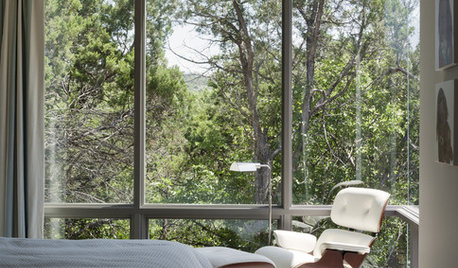
DECORATING GUIDESThe Art of the Window: Drapery Solutions for Difficult Types and Shapes
Stymied by how to hang draperies on a nonstandard window? Check out these tips for dressing 10 tricky window styles
Full Story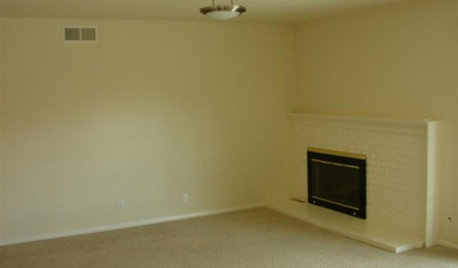
FIREPLACESDesign Dilemma: Difficult Corner Fireplace
Where to Put the TV? Help a Houzz Reader Set Up His New Living Room
Full Story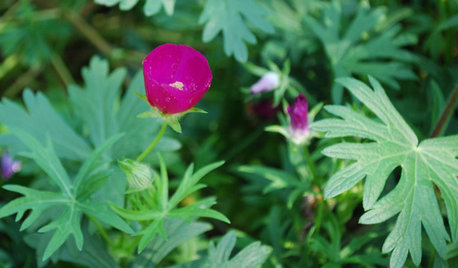
GARDENING GUIDESGreat Design Plant: Callirhoe Involucrata Wakes Up Hot Garden Spots
Give a dry and sunny garden a jolt of violet-pink color summer to fall — and watch bees and butterflies flock to the nectar
Full Story
GARDENING GUIDES10 Drought-Tolerant Shrubs That Thrive in Full Sun and Reflected Heat
Got a hot spot in your garden where plants often die? Try these tough shrubs that add beauty while shrugging off the heat
Full Story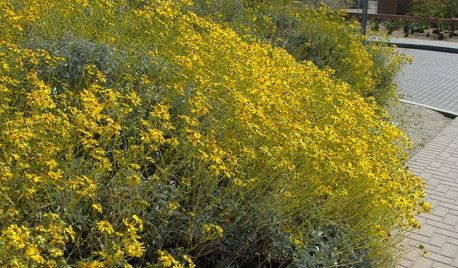
GARDENING GUIDESGreat Design Plant: Brittlebush Brightens Rocky, Dry Spots
Masses of cheerful golden flowers belie the tough nature of this highly drought-tolerant shrub
Full Story
FALL GARDENING9 Deer-Resistant Flowering Shrubs to Plant This Fall
These exquisite shrubs will attract your attention but won’t tempt the deer that roam your neighborhood at night
Full Story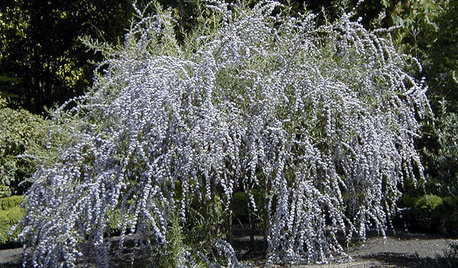
GARDENING AND LANDSCAPINGVase Shapes Set Shrubs Apart
Billowing on top and slender on the bottom, shrubs in a vase shape showcase blooms and foliage to perfection in the landscape
Full Story
GARDENING GUIDES8 Native Shrubs for Year-Round Bird Feeding
It’s not just about berries. These plants provide insects for birds and seasonal interest for gardeners
Full Story
GARDENING GUIDES10 Cold- and Heat-Tolerant Perennials and Shrubs for the Arid West
These flowering native plants shrug off the cold of winter and heat of summer while adding beauty to the drought-tolerant landscape
Full Story



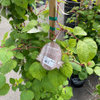
york_rose
Iris GW
Related Discussions
Recommend companion shrub for difficult spot
Q
Help for difficult spot
Q
Need suggestions for a difficult spot
Q
A shrub for a difficult spot...
Q
laceyvail 6A, WV
conifers
Saypoint zone 6 CTOriginal Author
conifers
mad_gallica (z5 Eastern NY)
york_rose
york_rose
conifers
Saypoint zone 6 CTOriginal Author
conifers
Iris GW
katrina1
conifers
Saypoint zone 6 CTOriginal Author
flora_uk
york_rose
Saypoint zone 6 CTOriginal Author
york_rose
ego45
conifers
Saypoint zone 6 CTOriginal Author
ego45
doctorsteve
Saypoint zone 6 CTOriginal Author
doctorsteve
ginny12
doctorsteve
NHBabs z4b-5a NH